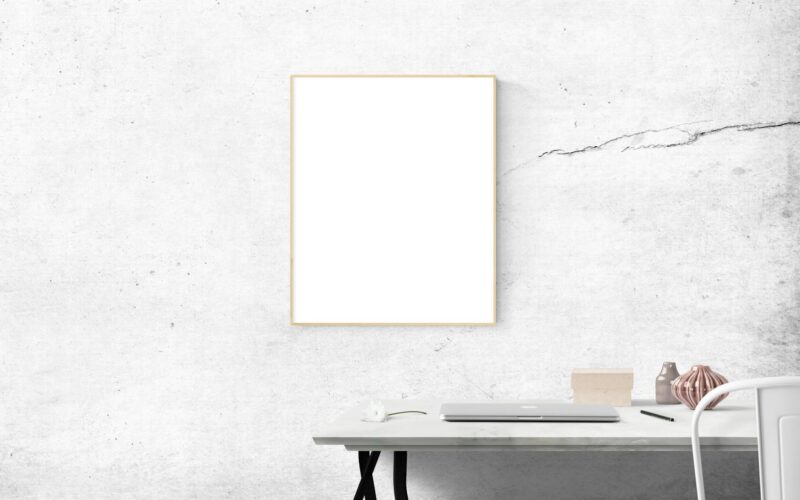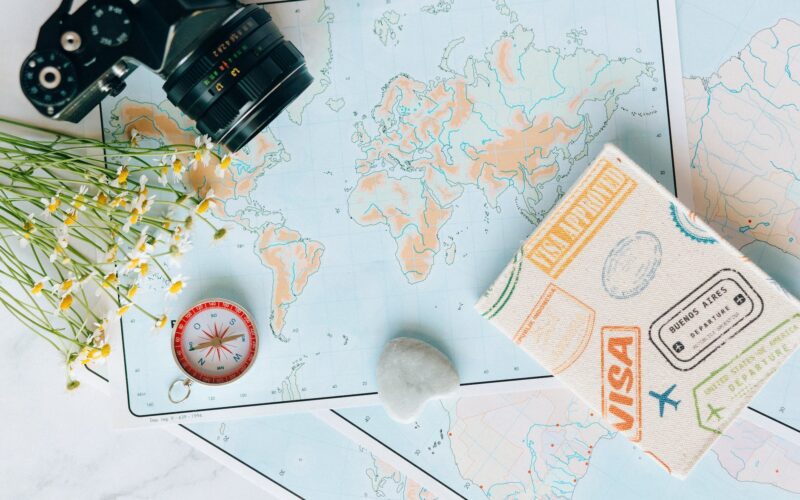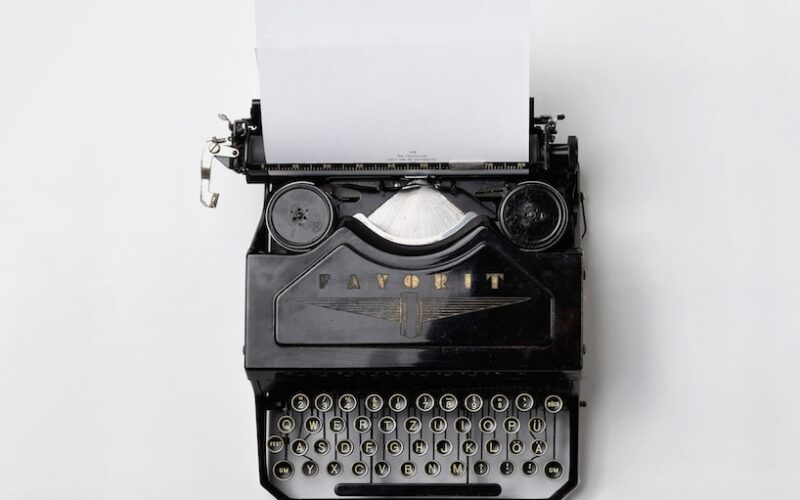Introduction: The Intersection of Modern and Vintage Fashion
Fashion serves as a unique form of self-expression, allowing individuals to portray their personalities, tastes, and cultural inspirations. Today, the dynamic relationship between modern and vintage pieces increasingly captivates fashion enthusiasts, sparking a dialogue about how to seamlessly blend these two distinctly different aesthetics. The dilemma often lies in how to honor the timeless charm of vintage items while also embracing the contemporary appeal of current trends. This article delves into the fashion dilemmas that arise from this juxtaposition, offering insights and tips on achieving the perfect balance.
Understanding the Allure of Vintage Fashion
Vintage fashion often carries a sense of nostalgia, evoking memories of eras gone by. From the flapper dresses of the 1920s to the bohemian styles of the 1960s, each decade offers unique sartorial choices that tell a story. The allure of vintage fashion has numerous roots, including quality craftsmanship, unique designs, and a sustainability ethic that attracts today’s eco-conscious consumers.
Vintage pieces are often synonymous with individuality, as mass-produced fast-fashion items lack the storytelling component inherent in older garments. Fashion lovers appreciate the rarity of vintage finds, which often guarantee that no one else will wear the same piece. Moreover, vintage clothing frequently utilizes high-quality fabrics and techniques that have been lost in mass production, providing an unmatched quality that modern trends often overlook.
However, venturing into vintage shopping can also present challenges. Sizing can vary dramatically from today’s standards, and finding pieces in good condition requires patience and a discerning eye. Embracing vintage fashion necessitates a willingness to navigate these hurdles, making the rewards of uncovering a unique piece all the more satisfying.
The Contemporary Fashion Landscape
In contrast, modern fashion is characterized by its ever-changing nature and the rapid pace at which trends come and go. Social media platforms and fashion influencers pave the way for emerging styles, allowing trends to evolve at lightning speed. The goal of modern fashion often revolves around accessibility and affordability, which is why fast fashion has burgeoned in recent years.
However, the fast-paced nature of contemporary fashion brings its own dilemmas. The culture of "wear once and discard" often leads to a disregard for sustainability and environmental consciousness. Critics argue that this trend promotes a throwaway culture, contrasting sharply with the values associated with vintage clothing. Yet, many contemporary designers are now recognizing the impact of these concerns, incorporating vintage elements into their lines and promoting sustainable practices.
The blending of contemporary styles with vintage pieces encourages individuals to think critically about their wardrobe choices. Wearing modern items alongside vintage pieces can create an aesthetic that is distinctively personal, elevating both types of garments in a fashion dialectic.
Wardrobe Essentials: Mixing and Matching
To achieve a harmonious balance between modern and vintage pieces, it’s crucial to adopt a strategic approach to wardrobe curation. First and foremost, identify staple items that serve as a bridge between the two styles. For example, a tailored modern blazer can complement a vintage dress, creating an effortlessly chic look.
When mixing styles, consider the silhouettes. A vintage A-line skirt can pair beautifully with a contemporary cropped top, balancing the proportions of the outfit. Additionally, opt for neutral tones or monochromatic palettes that allow the unique elements of both modern and vintage pieces to shine through without clashing.
Accessories play a significant role in this equation. Vintage accessories, such as a beaded clutch or a statement necklace, can elevate a simple modern outfit, offering a pop of character and story. Conversely, minimalist modern accessories can help tone down an otherwise bold vintage ensemble.
Understanding the art of layering is also crucial. Vintage outerwear can be a timeless addition to contemporary outfits, while modern layering techniques can transform vintage layering styles, creating an updated twist on traditional aesthetics.
Fashion Faux Pas: What to Avoid When Combining Styles
While the combination of modern and vintage fashion offers exciting possibilities, it is not without pitfalls. One common faux pas is a lack of cohesion in a look. Mixing too many clashing patterns or styles can create a confusing outfit that lacks focus. Aim for a balance that allows each piece to stand out while still creating a cohesive narrative.
Another area to be cautious about is color matching. Vintage pieces often feature unique color palettes that can be difficult to pair with modern selections. When in doubt, neutral colors and earth tones generally serve as the safest backdrop for integrating bold vintage colors without overwhelming the modern elements.
Also, be wary of over accessorizing. Vintage finds often carry a detailed history and visual weight; combining them with modern items can lead to an overcrowded visual effect. Be selective about accessories and focus on those that emphasize rather than overshadow the core pieces of the outfit.
Lastly, keep an eye on fit. Vintage items may not always translate well to contemporary sizing standards. You should try pieces on whenever possible and be open to tailoring. A vintage garment that fits beautifully can create a polished appearance when styled alongside modern clothing.
The Future of Fashion: Blending Trends and Timelessness
As fashion continues to evolve, the blend of modern trends with vintage pieces will only gain prominence. The rise of "nostalgia fashion," seen in the popularity of thrift stores and estate sales, indicates a cultural shift towards valuing long-lasting items over fleeting trends. This movement not only possesses aesthetic appeal but also aligns with an increasing awareness of sustainability in the fashion industry.
Designers are beginning to incorporate vintage aesthetics into their collections, with modern spins on classic silhouettes and prints. This cyclical nature of fashion ensures that vintage styles remain relevant and continue to inspire future trends. The dialogue between past and present is not merely trend-driven; it acts as a bridge to honor the history of fashion and address contemporary concerns.
As consumers increasingly prioritize sustainable choices, the intersection of modern and vintage fashion will likely define the future of personal style. Balancing these elements enables individuals to create wardrobes rich in character, narrative, and ethical considerations, promoting an intelligent and intentional approach to fashion that transcends the temporal nature of trends.
Through thoughtful curation and an open mind, anyone can navigate the complexities of merging modern styles with vintage charm, creating a fashion statement that is as unique as it is timeless.
Exploring Iconic Vintage Styles
Vintage fashion is characterized by distinct styles that have defined eras. One iconic example is the 1920s flapper dress, which symbolizes women’s independence and social liberation during the Jazz Age. This era’s bold silhouettes, fringe detailing, and rich fabrics remain highly sought after in contemporary wardrobes. Similarly, the 1960s bohemian styles, characterized by flowing fabrics, fringe elements, and vibrant patterns, encapsulate the spirit of the counterculture movement, attracting individuals who value artistic expression.
Other revered styles, such as the 1970s bell-bottoms and the punk rock aesthetic of the late 1970s to early 1980s, continue to inspire modern designers. Understanding these iconic vintage styles serves as a guide for contemporary fashionistas looking to infuse their wardrobes with historical context, cultural significance, and unique personality.
The Rise of Thrift Culture
As sustainability becomes increasingly vital within the fashion industry, thrift culture has witnessed a remarkable resurgence. Thrift shops and vintage boutiques are popping up in urban centers, offering consumers a chance to discover one-of-a-kind items while reducing their ecological footprint. This movement is driven by a growing awareness of the negative effects of fast fashion, prompting shoppers to seek out pre-owned garments instead.
Thrifting encourages creativity as individuals sift through racks to find hidden gems. It also cultivates a sense of community, as social media platforms allow fashion enthusiasts to share their latest finds and styling tips. Beyond personal style, thrift culture contributes to local economies and supports charitable organizations, making each purchase not just a fashion statement but a moral choice as well.
The Role of Social Media in Fashion Integration
The advent of social media has dramatically altered how fashion trends emerge and proliferate. Platforms like Instagram, TikTok, and Pinterest offer a stage for influencers, designers, and everyday users to showcase their style, often leading to the rapid rise of certain aesthetics. Social media allows individuals to share how they mix modern and vintage pieces, inspiring followers to adopt similar practices.
This democratization of fashion fosters a sense of belonging among diverse communities united by shared creative expressions. Additionally, hashtags like #VintageFashion and #SustainableStyle help users discover sustainable brands and vintage pieces. Social media has in essence become not just an avenue for self-expression but a powerful tool for advocating sustainable practices within the fashion realm.
Crafting a Sustainable Wardrobe
Creating a sustainable wardrobe involves careful consideration of garment selections and ethical production practices. Shifting away from the “buy-and-discard” mentality encourages consumers to invest in quality pieces that have longevity, which is where the integration of vintage clothing becomes advantageous.
Sustainable fashion transcends simply choosing pre-owned items; it also includes making conscious decisions about brand ethics, such as supporting local designers or opting for brands that use eco-friendly materials. By cultivating a wardrobe anchored in sustainability, individuals can contribute to a more responsible fashion ecosystem. This mindset not only amplifies personal style but also aligns closely with the ethical considerations that shape contemporary consumer behavior.
Personalizing Your Style Journey
Fashion serves as a personal narrative, allowing individuals to convey their identities. Blending modern and vintage styles offers a canvas for personal expression, reflecting not only aesthetic preferences but also cultural and social influences. Personalizing style extends beyond choosing clothing; it involves curating a collection that tells a story—whether inspired by a particular decade, a cultural movement, or even a family heirloom.
Customization can take many forms, including upcycling vintage items or sourcing modern pieces that complement one’s unique flair. By focusing on individuality within the blend of vintage and modern aesthetics, one can create a fashion statement that is not only distinctive but also embodies memories and experiences. The result is a wardrobe that resonates with authenticity and personal history.
—
In summary, the interplay between modern and vintage fashion creates an enriching landscape for self-expression. By understanding iconic vintage styles, embracing thrift culture, leveraging social media, crafting sustainable wardrobes, and personalizing one’s style journey, individuals can navigate the complexities of fashion with creativity and intention. Each element plays a crucial role in shaping the future of personal style, allowing for a unique blend of trends and timelessness that speaks to the individual.
Ultimately, the blend of modern and vintage fashion reflects a commitment to individual expression, sustainability, and the rich tapestry of cultural history, creating a dialogue that transcends trends.
#Balancing #Modern #Trends #Vintage #Pieces #Fashion #Dilemmas #Unveiled
















